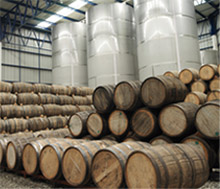Dante 36, desp. 1103
Col. Anzures, C.P. 11590
Tel. (52 55) 5271 1500
Carretera Int. Tequila km 48
Amatitán, C.P.45380
Tel. (52 374) 745 0700
Harvesting
When the plant matures –between seven and ten years of age–, is the proper moment to begin its harvest, or jima, which occurs at dawn. The elongated, sharp pointed leafs are cut, and the plants separated from the ground using a coa, a wooden-like shovel ending in a steel sharpened blade, until an ovoid body called piña, is left ready to be sent to the processing plant.
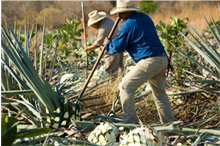
Grinding
When the piñas are in the processing plant, the first stage is to shred their fibers and extract their sugar- rich juices.
In Excelencia Tequilera de Jalisco, this process takes place by bringing together state-of-the art technology, a machine called a diffuser guarantees the optimal processing of the plants.
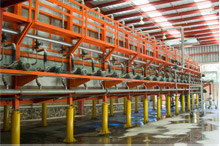
Cooking
Once the fibers are separated, the agave juices are cooked in stainless steel, industrial autoclaves to get the mosto, or settled juices, allowing its complex sugars to hydrolyze and ferment without problems.
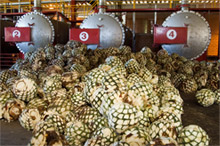
Fermentation
The cooked agave juice ferments in stainless steel tanks where sugars change into ethylic alcohol and other congeneric components. This is the stage where the agave’s own yeast is used without chemical
catalysts nor sugars being added other than those from the agave farmed within the territory
belonging to the “Tequila” Denomination of Origin.

This is an important stage because the tequila’s category depends on it. Actually, the validity of the 100% agave products depends on an adequate fermentation, among other factors, since this is where the purity of the tequila is guaranteed.
Distilling
Distillation takes place in stainless steel stills. Distillation follows two stages where tequila loses its impurities, and the final quality is reached.
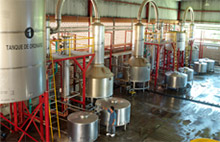
Aging
Tequila ages in white oak or Holm oak barrels. Depending on the time it spends in these barrels the tequila ca become reposado, añejo or exta añejo
